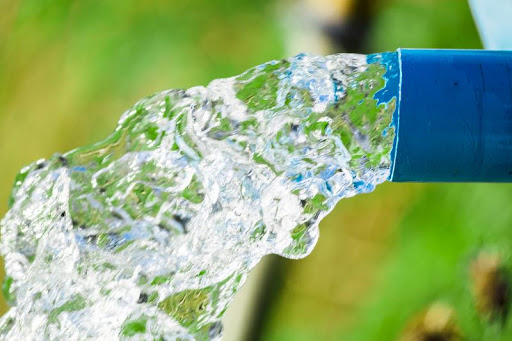

There is a possibility of the use of aluminium instead of sodium in water softener system for better results and health factors. Scientists at Lehigh University are working on developing an aluminium-based water softener system that can replace the sodium-based systems that are in use currently.
According to a report in Environmental Science & Technology, researchers have developed a new technique that uses aluminium ions in place of sodium in an effort to do away with health and environmental concerns caused by the salt released by sodium-based water softening systems.
According to the co-author of the research Arup SenGupta, an environmental engineer at Lehigh University, if this technology is put into application, it will provide a healthier water system for both the consumer and the environment.
In the sodium based water softening systems, water is passed through a reservoir full of beads coated in sodium ions, which are charged particles that can swap places with the minerals like calcium and magnesium prevalent in water and filter them giving softer water. On the flip side, this technology can add extra sodium to the water which might raise blood pressure when consumed. The system needs to be recharged periodically using sodium-rich brine which again ends up adding extra salt in groundwater and streams.
These health concerns have led to the ban of sodium-based water softeners in various Californian countries.
{googleAdsense}
In the experiment, sodium ions are substituted with aluminium ions, which have a net positive charge of three, meaning it has three fewer negatively charged electrons than a neutral aluminium atom. Due to the charge difference, aluminium is less like to swap places with a calcium or magnesium ion during an ion exchange. Instead, the aluminium quickly precipitates back onto the water softener’s beads rather than dissolving into the water. This process allows the aluminium ions to swap in for multiple calcium and magnesium ions.
Researchers successfully reduced calcium and magnesium in a groundwater-like mixture using the aluminium ions in a prototype softening system. The system turned out to be more efficient as it caused fewer wasted ions than sodium-based systems.
On the flip side, bacteria and other substances in groundwater can reduce effectiveness of the water softening system and implementing it on a large-scale becomes difficult due to strict drinking water guidelines.



Responses






